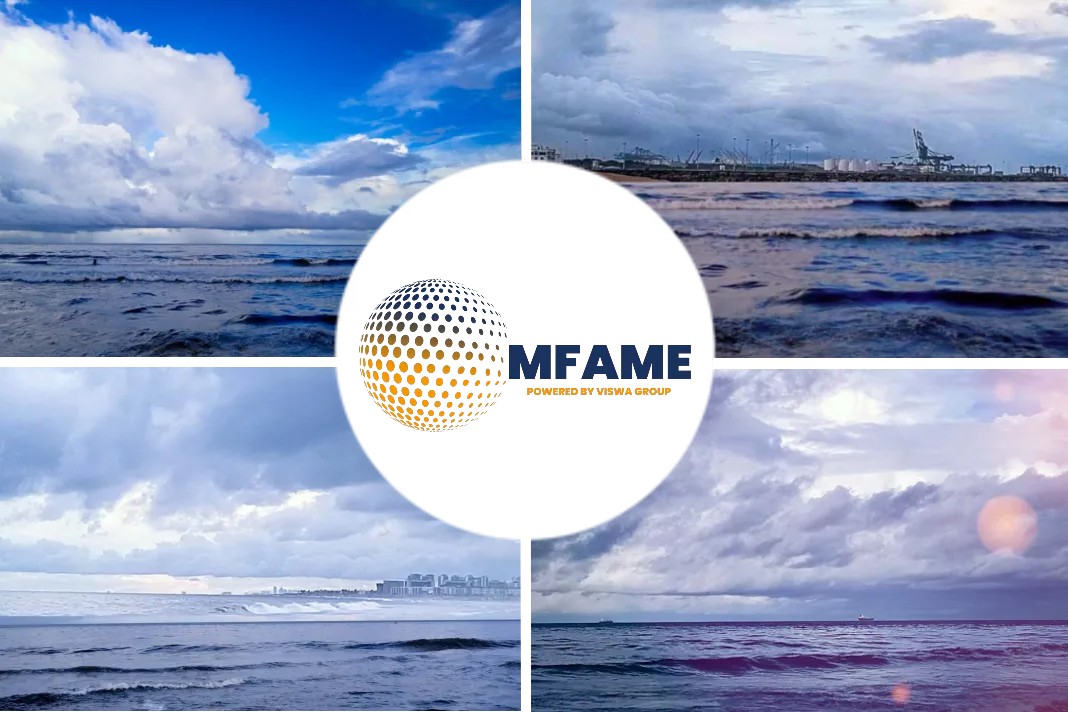- SIM is a technology with the potential to make a significant contribution to maritime decarbonisation.
- Data’s value is sometimes likened to gold or is described as ‘the new oil’, but we should really think of data as potential energy.
- ABS has launched a new service using SIM technologies to assess the impact of decarbonisation technologies at the new building design stage and for existing vessels.
SIM is a technology with the potential to make a significant contribution to maritime decarbonisation, writes Patrick Ryan from ABS, says an article published on splash247 website.
Understand environmental regulation
One of the biggest problems for shipowners seeking to understand how environmental regulation will impact the performance of their fleets in future is uncertainty.
While the regulatory framework is in place, changes that tighten the requirements, or new regional rules have the potential to disrupt investment decisions.
Owners want to know their options, whether for regulatory compliance or conformance with voluntary market measures. And they also need to understand when new fuels or technologies will enable them to safely comply and keep their vessels competitive.
Understanding simulation
Data’s value is sometimes likened to gold or is described as ‘the new oil’, but we should really think of data as potential energy.
The tool that turns it into usable kinetic energy, so it can be put to work on the toughest challenges facing the industry is Simulation.
Simulation technology (SIM) is the application of multi-physics models, in sometimes quite simple form and is a technique already well-established in other industrial applications.
It is used in automotive design to create greener vehicles and it offers the potential for new ways of working to advance innovation for cleaner vessels too.
For newbuildings, SIM-based energy efficiency evaluation supports optimizsation of the propulsion system, provides system level assessment of fuel consumption and supports life-cycle cost analysis as well as detailed design comparison and optimisation of equipment parameters.
For existing vessels, the service assists with evaluating the retrofitting options and operational changes to reduce fuel consumption and maintain compliance with regulations.
Simulation provides a faster, more efficient and more comprehensive way of performing the calculations necessary to understand EEXI and CII compliance requirements than a traditional spreadsheet-driven approach.
SIM can be used to create a library of inputs that can be applied by sustainability professionals to build a complete analysis of vessel performance.
Realising the Digital Twin
Simulation can also been seen as a means to ‘close the loop’ on the Digital Twin concept.
Digital Twins hold out the potential to provide owners with a data-driven view of vessel performance but there is a need to extend the concept to decarbonisation.
The data required can be sourced from both the EU/UK MRV and IMO DCS data collection programmes and create an emissions profile, using SIM to validate performance models and explore options for improvement.
The next stage could be to use SIM to tie this emissions data into real time voyage information, making it possible to predict emissions of future voyages and further expand the Digital Twin concept.
The results can be displayed as performance insights within the ABS My Digital FleetTM platform and users don’t have to get involved in the complex calculations behind the scenes since all the information is displayed via an intuitive interface.
Variables can easily be introduced into performance models to build scenarios that can provide responsive solutions to changing regulations.
This includes real performance data on engine behaviour or the effectiveness of energy efficiency devices, making it possible to judge their downstream impact on emissions.
Putting it into practice
ABS has launched a new service using SIM technologies to assess the impact of decarbonisation technologies at the new building design stage and for existing vessels.
The SIM-based Energy Efficiency Evaluation Service will allow both planned and existing vessels to compare different design and operational options and evaluate the performance impact of adding new fuels and energy efficiency technologies.
As well as enabling ship owners and shipyards to make more informed decisions about their options, the service can support compliance with EEXI and CII regulations and conformance to voluntary market measures.
The capability for benchmarking, feeding the SIM software with vessel information and different performance parameters can help owners to understand what changes are needed and when.
The SIM tool has been incorporated in the already wide range of services ABS Sustainability Centres have launched to support shipowners in this field.
To provide wider access to the technology, ABS has opened a series of global simulation centres, in Singapore and Houston with another Athens to follow in January 2022, to bring SIM further into shipping.
One of the first projects managed from Singapore will see ABS, Hudong–Zhonghua Shipbuilding and Wärtsilä use advanced multi-physics modelling and simulation to develop a flexible, future ready and modular concept for a future multi-fuel electric Liquefied Natural Gas carrier.
The joint development project will apply various decarbonisation technologies and solutions to the vessel design and operation models to investigate its performance against the IMO’s Carbon Intensity Indicator CII up to at least 2050.
Did you subscribe to our daily newsletter?
It’s Free! Click here to Subscribe!
Source: splash247

















